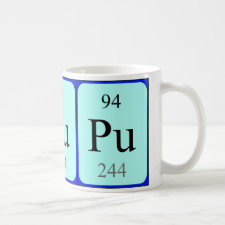
Authors: Gao XC, Gao BJ, Niu QY, Zhao J
Article Title: Studies on Recognition and Separation of Neighbor Rare Earth Ions on Scale of Picometer Using Novel Surface Ion-Imprinted Material.
Publication date: 2010
Journal: Acta Chimica Sinica
Volume: 68
Issue: (11)
Page numbers: 1109-1118.
Alternative URL: http://sioc-journal.cn/Jwk_hxxb/EN/abstract/abstract339011.shtml
Abstract: Acrylonitrile (AN) was graft-polymerized on micron-sized silicon particles, resulting in grafted particles PAN/SiO2. Subsequently, the grafted PAN was converted to poly(amidoxime) (PAO) via amidoximation reaction, obtaining functional particles PAO/SiO2. Then, the ionic imprinting towards the grafted PAO was performed with Gd3+ ion as template ion and glutaral as crosslinking agent by using the novel surface-molecular imprinting technique established by our research group, and the Gd3+ ion-imprinted material TIP-PAO/SiO2 was prepared. Rare earth element Eu and Sm are adjacent to Gd in lanthanum elements, and the ionic radius difference between Eu3+ and Sm3+ ions and Gd3+ ion is only 1 similar to 3 pm. In this work, with Eu3+ and Sm3+ ions as contrast substances, both static and dynamic methods were adopted to study the binding properties and ion recognition character of IIP-PAO/SiO2 for Gd3+ ion. The experiment results show that IIP-PAO/SiO2 have specific recognition selectivity and excellent binding affinity for Gd3+ ion, and the selectivity coefficients of IIP-PAO/SiO2 for Gd3+ ion with respect of Eu3+ ion and Sm3+ ion are 7.49 and 7.93, respectively. Besides, IIP-PAO/SiO2 has excellent elution property, with diluted HCl solution as eluent, the desorption ratios of Gd3+ ion reach 99.54% in 29 BV
Template and target information: Gd3+, gadolinium ion
Author keywords: Poly(amidoxime), silica gel, ionic imprinting, surface imprinting, rare earth ion, ion recognition



Join the Society for Molecular Imprinting

New items RSS feed
Sign-up for e-mail updates:
Choose between receiving an occasional newsletter or more frequent e-mail alerts.
Click here to go to the sign-up page.
Is your name elemental or peptidic? Enter your name and find out by clicking either of the buttons below!
Other products you may like:
 MIPdatabase
MIPdatabase









